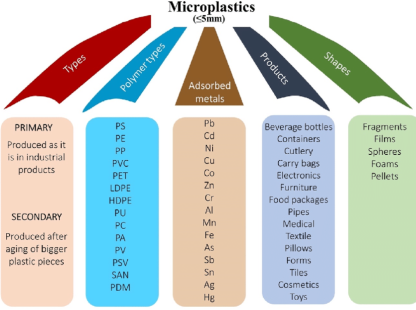
03. Chemical Nomenclature
This event is limited to the first 20 entries
Coordinators: Dr. Chaudhery M. Hussain and Dr. Ara Kahyaoglu
BACKGROUND and Objectives
In the early beginnings of chemistry, the chemical name of a compound and its chemical formula had little or no relationship. Modern naming methods have corrected this lack of connection between chemical formulas and chemical names. Mastery of these methods is an important part of communication in the scientific community. This event assesses both the level at which students can communicate using the International Union of Pure and Applied Chemistry (IUPAC) naming rules and their familiarity with the older common names.
EVENT-SPECIFIC REQUIREMENTS
A team of three students must complete this event. Each of the three students will work independently on separate tests simultaneously. Once the test is complete, the three people's combined scores will yield a raw score.
- During a 25-minute session, students take a computerized test customized for the NJCO. The exam assesses a student's ability to name and write the formulas for the following types of compounds:
- ionic compounds containing common ions (ex., AgCl)
- ionic compounds containing polyatomic ions (ex., sodium tetraborate)
- simple molecular compounds (ex: CO2; note that subscripts would be written as regular numbers in the program)
- acids (ex: H3PO4)
- organic compounds, including aliphatic, alicyclic, and aromatic compounds (ex., isopropanol)
- organic compounds containing functional groups (ex., methyl ethanoate) - limited to one type of functional group per compound: hydroxyl, carboxyl, halogens, ethyl, and methyl, for example
- hydrated compounds (ex: Pb (CH3CO2)2•3H2O)
PREPARING FOR THE EXAM
- You will get access to at least two demo quizzes via an online learning management system for 2025; details will be posted here when available.
- The program occasionally accepts more than one answer. Specific notations, such as using parentheses and brackets and properly capitalizing element symbols, must be entered correctly. Therefore, students must familiarize themselves with the testing platform we will be using.
- However, as noted above, subscripts should be written inline: CO2 is correct for carbon dioxide.
- A periodic table will be provided on the quiz page - no papers, books, or other materials, printed, digital, or online, are allowed.
- If you have questions or trouble with the practice quizzes.
- The exam uses a learning management system, and students are encouraged to access the system and try the demo quizzes ASAP. The lockdown browser will be installed on the computers provided on Event Day.
The tests will be taken in person on Event Day using NJIT-provided computers.
NOTES ABOUT THE EXAM
- The exam on Event Day will present the questions in a random format, and the answers will not be shown (type in answers; subscripts and superscripts are not available; read the instructions on the quiz carefully).
- Students may not fast-forward, skip questions, or return to a test question after they type in an answer. The correct answers to the questions will not be provided.
- Each student's time to complete the exam is recorded for tiebreaker purposes only.
- Two teams from the same school must compete in the same time slot for the Nomenclature event unless approved by the NJCO Director. The requested times will be adjusted for this!